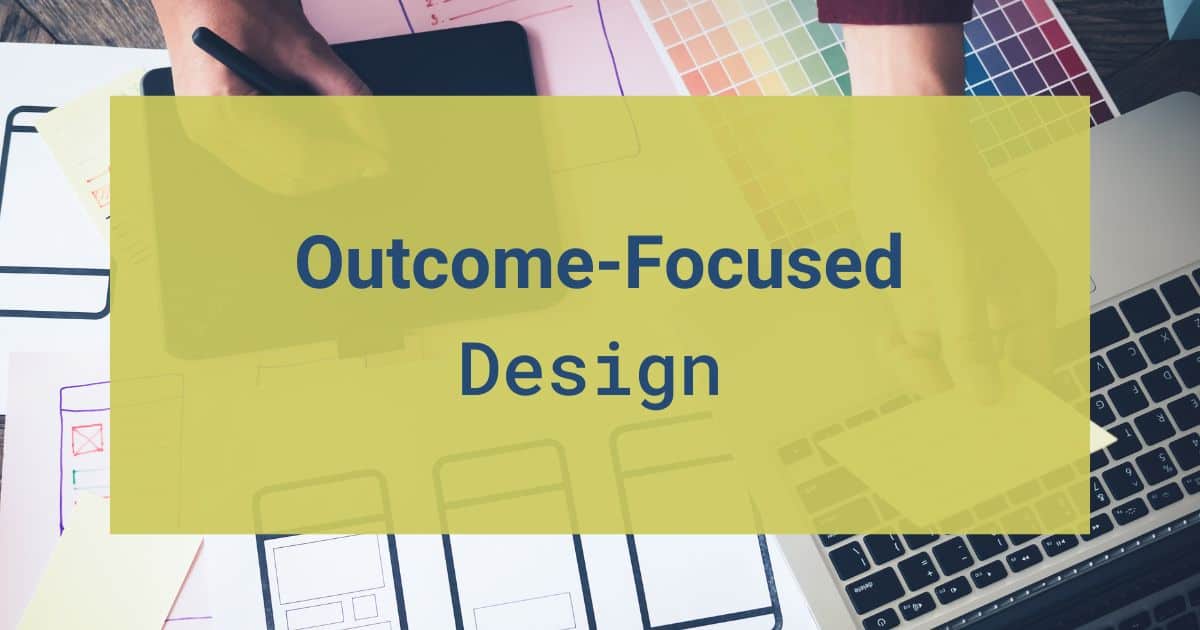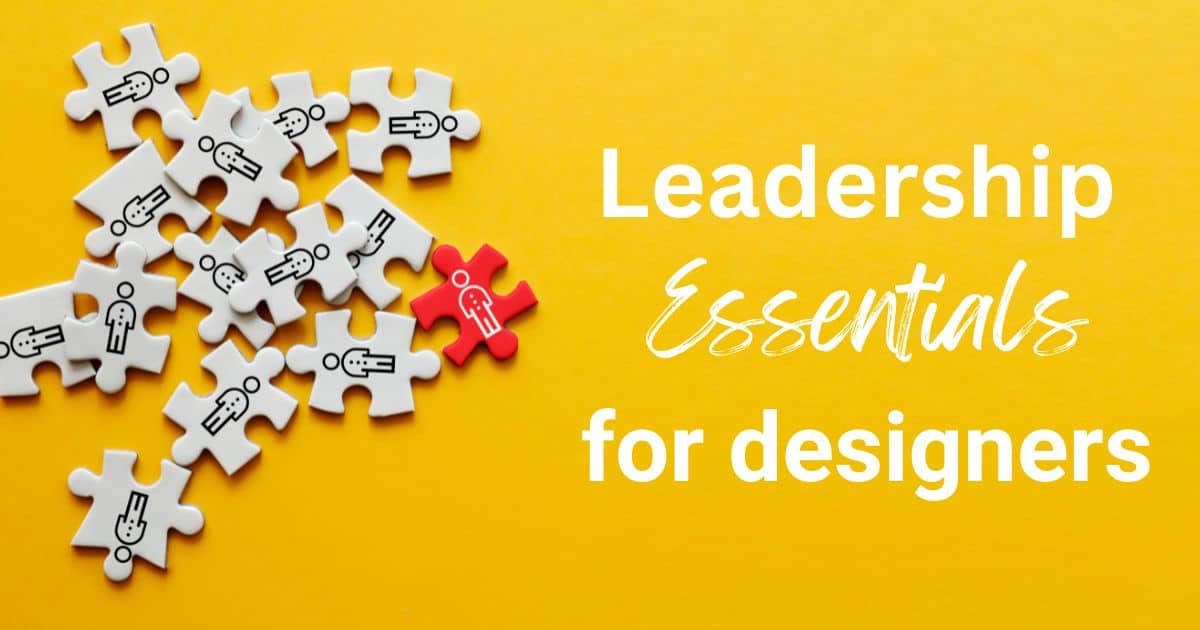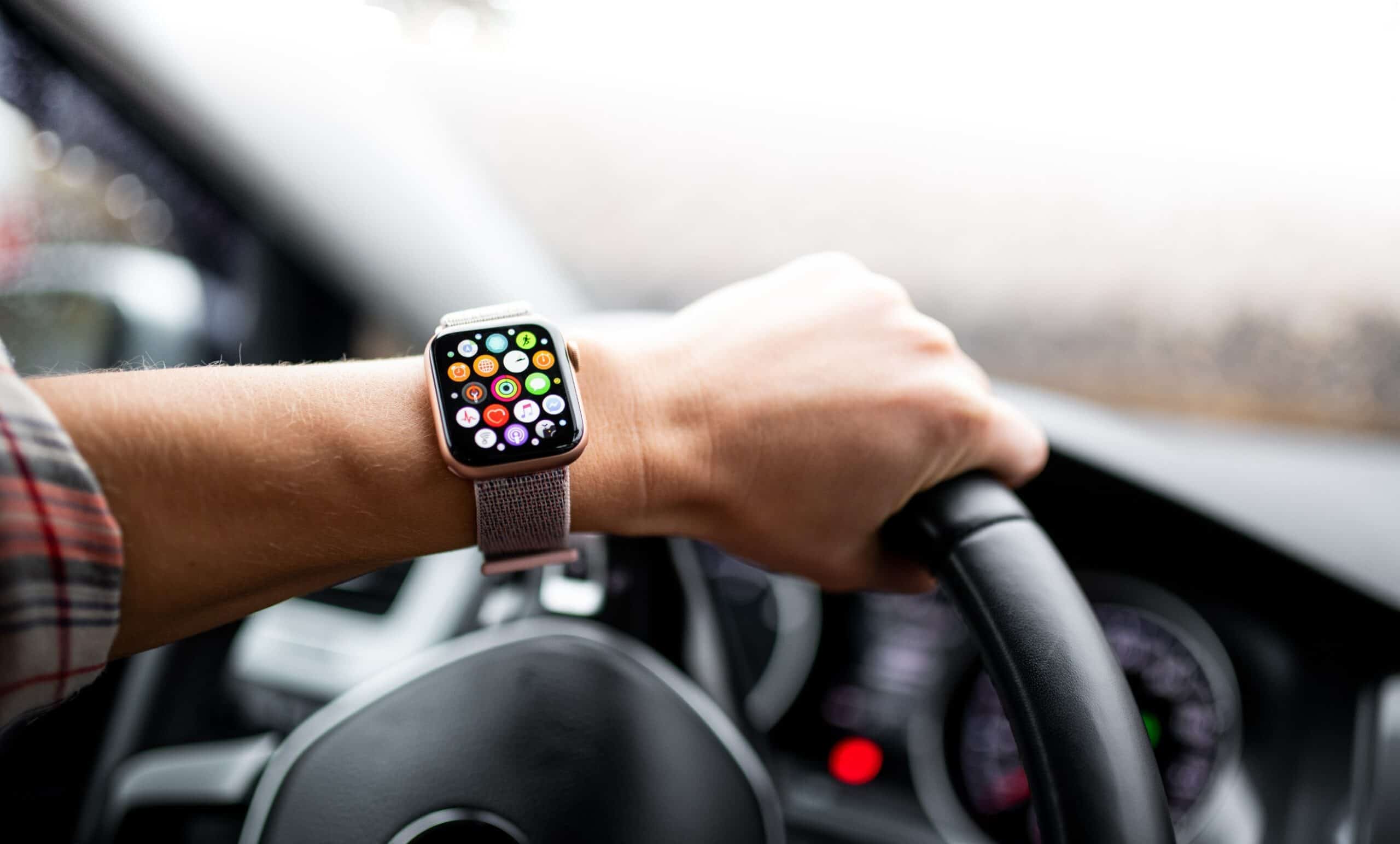It can be easy to confuse making stuff with making progress, and it comes down to how we define “done.” If our job is to design a car, we might say the job is done when the car leaves the factory floor and heads to a dealership. If our job is to design an app, “done” might be when it’s in the app store.
But the reality of our modern world (especially in software companies) is that “done” isn’t so obvious. Design work will fall short of providing business value if it focuses on outputs rather than outcomes. When we’re talking about past projects, we can’t just share the number of journey maps created or workshops facilitated. We also have to talk about the value created—in terms and metrics our stakeholders will understand.
In an episode of Design Chats with Neil Pleasants, the head of digital product, design and data at Mindful Chef said,
“An outcome-focused approach aligns digital teams with the rest of the business, which isn’t always the case. The outcomes are the results of your activities, so it’s where we test and learn, and we move forward with continual improvement to solve the problem.
The alternative to that is the feature factory. So, it’s a scattergun approach: lots of features, no validity and no continual improvement. It becomes the build trap with lots of wasted time, money and builds that nobody uses.”
Defining Outcome, Output and Impact
- Outputs refer to tangible things produced during the design process. They are activities or tasks performed to achieve a desired outcome; for example, the number of features released, the amount of code written or the number of wireframes created.
- An outcome is the desired result or goal that a product or service should achieve. It is the overarching purpose of the design, and it is usually tied to a business objective.
- The impact is what follows after you achieve a specific outcome.
For example, the desired outcome for a product could be to decrease the number of abandoned carts. In this case, the design team may focus on creating a more streamlined and efficient checkout process or adding features to encourage users to complete their purchases (i.e. outputs). Success would be measured by whether or not the outputs resulted in fewer abandoned carts (i.e. outcome). An increase in revenue or sales might be the impact.
What Is an Outcome-Focused Approach to Design?
An outcome-focused approach means designing products or services that focus on changing customer behavior to drive business results.
This approach is more effective than focusing on outputs because it allows designers to prioritize projects based on business objectives. It’s also more specific than focusing only on impact. If the desired impact is to increase revenue, the goal is too high level: dozens of design projects might achieve that.
An outcomes-focused approach to design also requires collaboration with stakeholders—such as product owners, marketers and developers—to ensure that design aligns with the overall product vision and roadmap. Together, teams can align to solve problems more effectively.
Balancing Customer Problems and Business Problems
While it may be clear where the issues in the customer experience lie, they may not align with what the business needs at that moment. Driving customer acquisition or profit might take priority.
By aligning your design work to business goals, you can gain more support and resources, launch products quickly and continuously improve them.
On the podcast, Pleasants said, “You can’t solve customer problems if there’s no business to solve them in.”
Outcome-Focused Design Requires Trust and Patience
To gain stakeholder trust and buy-in, designers must understand the problems they face. Observe and learn from different business areas, such as acquisition and customer care, to thoroughly understand the pain points.
“Unless you start walking in other people’s shoes and understanding the pain they’re going through, they’re never going to trust you,” said Pleasants. “You need to start getting those support agents. Then you have to form your plan and take action.”
To gain buy-in from executives, explain that transitioning from a feature-focused approach to an outcomes-focused approach may take time and initially result in a slowed output. Especially in small to medium-sized companies, getting the executive team on board from the start is essential for implementing change.
How to Measure Progress Toward Outcomes
With this approach, designers must first set specific goals, like increasing acquisition or retention by a certain percentage or improving the conversion funnel. These goals provide direction, but it’s essential to break them down into specific problem statements that align with the overall strategy. Simply aiming to increase profit is not enough.
Neil Pleasants said, “Some people think the objective is to increase profit by 10%, but that’s the key result.That’s not the objective of what we’re trying to do.”
Once the problem statements are defined, teams can work on discovering and understanding the underlying problems. This involves gathering insights and data, prototyping solutions, and testing and learning. By iterating based on feedback and tracking metrics, teams can ensure that their efforts will create impact.
This approach takes iteration. Let’s say you are designing an e-commerce website and the outcome you’re trying to achieve is to increase conversion rates by 10%. You might start by conducting user research and identifying pain points in the checkout process, such as long forms, unclear messaging, or a lack of payment options.
You can then use this information to redesign the checkout flow, simplify the forms, clarify messaging and add additional payment options to address these pain points. Once the new checkout flow is launched, you can measure its impact on the outcome you’re trying to achieve—conversion rates.
You can use analytics to track the number of users who enter the checkout process and the number who complete a purchase and compare this to the previous version of the checkout flow. If you see an increase in conversion rates, your design changes have positively impacted the business. If not, further changes might be needed.
Enroll in Business Strategy & Design
Do you want to understand business strategy and align with stakeholders so you can drive better outcomes through design? Check out Business Strategy & Design, our interactive, practical course for designers across practices.
Author
-

The Pragmatic Editorial Team comprises a diverse team of writers, researchers, and subject matter experts. We are trained to share Pragmatic Institute’s insights and useful information to guide product, data, and design professionals on their career development journeys. Pragmatic Institute is the global leader in Product, Data, and Design training and certification programs for working professionals. Since 1993, we’ve issued over 250,000 product management and product marketing certifications to professionals at companies around the globe. For questions or inquiries, please contact [email protected].








